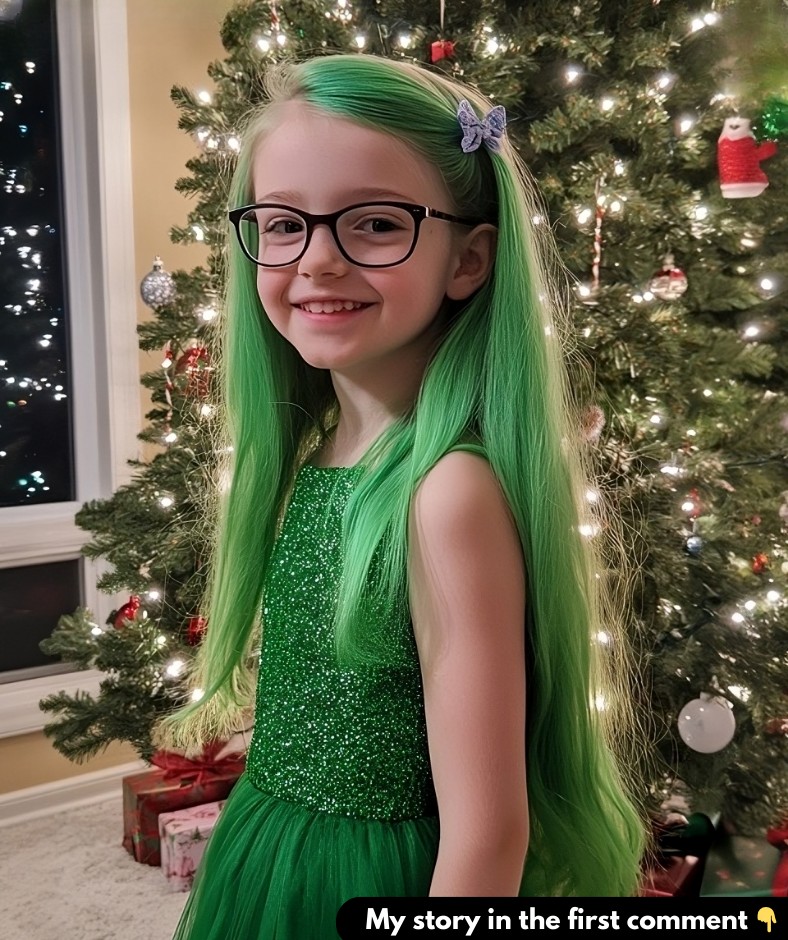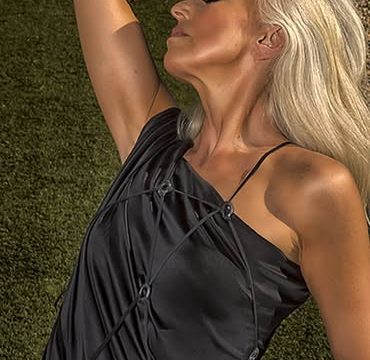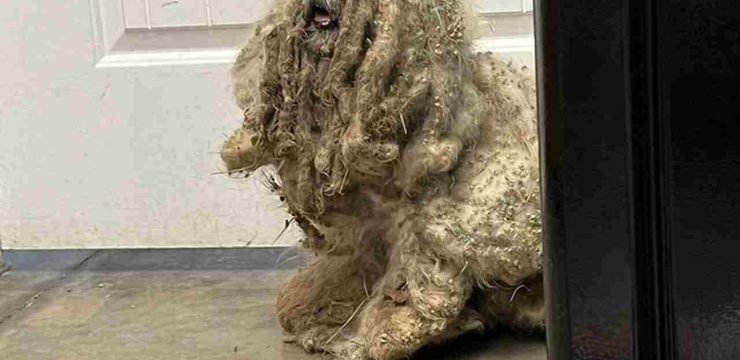In today’s era of self-expression, even young children are eager to experiment with their appearance. From bold fashion choices to brightly colored hairstyles, kids enjoy exploring their creativity. But when it comes to dyeing a six-year-old’s hair, the conversation becomes a heated debate. Is it simply harmless fun, or are there risks parents should be concerned about? To better understand this topic, let’s examine expert opinions, potential health risks, and safer alternatives for kids who want to express themselves through hair color.

Understanding the Science Behind Children’s Hair
Before diving into the risks, it’s important to recognize that children’s hair differs significantly from adult hair. A child’s hair is finer, more delicate, and still developing. Experts explain that hair undergoes noticeable changes as children grow, becoming stronger and more resilient by adolescence. Around age 12, children’s hair begins to resemble adult hair, making it more capable of handling treatments like chemical dyes.
However, for younger children, their hair is far less developed, and their scalps are more sensitive. This makes them particularly vulnerable to the harsh chemicals often found in hair dyes, such as ammonia and hydrogen peroxide. These differences in hair and scalp maturity highlight why caution is crucial when considering chemical treatments for young kids.
The Risks of Dyeing a Child’s Hair
There are several potential risks associated with dyeing a young child’s hair, ranging from physical damage to possible allergic reactions:
-
- Damage to Hair Texture
Hair dyes often contain strong chemicals that can alter hair structure, leaving it dry, brittle, and prone to breakage. For children whose hair is still developing, these effects can be more severe and may lead to long-term damage. - Allergic Reactions
Children’s scalps are more sensitive than adults’, making them more susceptible to allergic reactions caused by hair dye. Symptoms may include redness, itchiness, swelling, or even hives. In extreme cases, exposure could trigger anaphylaxis—a life-threatening reaction that affects breathing and blood circulation.
- Damage to Hair Texture
- Scalp Sensitivity
The skin on a child’s scalp is highly permeable, allowing chemicals to penetrate more easily. This could lead to irritation, burning sensations, or even broken skin, increasing the risk of infection. - Potential Long-Term Health Risks
While studies are ongoing, some experts raise concerns about repeated exposure to chemicals in hair dye during childhood. Although such risks are rare, taking a cautious approach is always advisable when dealing with developing bodies.
Expert Opinions on Hair Dyeing Age
Dermatologists and pediatricians generally agree that it’s best to wait until children are older before allowing them to dye their hair.
Dr. Danelle Fisher, MD, a pediatrician, recommends waiting until children are at least 12 years old, by which time their hair has grown stronger and more resilient. Similarly, Joe Greco, a principal scientist at Johnson’s, points out that children’s hair does not fully develop into adult hair until after puberty. This increased maturity makes it better equipped to withstand the effects of chemical treatments.
In some countries, such as those in the European Union, hair dye packaging includes warnings against use on individuals under 16. These guidelines emphasize the importance of caution when it comes to exposing young children’s hair and scalps to chemicals.
Safer Alternatives to Chemical Hair Dye
For parents who want to support their child’s desire to experiment with hair color, there are safer, non-permanent options:
- Hair Chalks and Crayons
These temporary solutions are free of harsh chemicals and wash out easily, offering vibrant colors without damage. - Washable Hair Sprays
Washable sprays provide a fun way to add color without penetrating the hair shaft, making them a safe alternative. - Clip-In Extensions or Wigs
Colorful clip-in extensions or wigs let children change their look without exposing their natural hair to chemicals. - Henna-Based Dyes
Plant-based henna is a gentler option, but it’s essential to ensure the product is free of synthetic additives.
Precautions to Minimize Risks
If you decide to dye your child’s hair, there are steps you can take to reduce potential harm:
- Perform a Patch Test: Test the dye on a small area of skin and wait 48 hours to check for allergic reactions.
- Use Semi-Permanent Colors: These contain fewer harmful chemicals and don’t require bleaching, making them less damaging.
- Avoid Bleach: Bleaching is harsh and can severely damage delicate hair.
- Protect the Scalp: Keep dye off the scalp as much as possible to minimize irritation.
- Test a Small Section: Dye a single strand of hair to see how it reacts before coloring the whole head.
The Bonding Experience of Hair Dyeing
For many families, hair dyeing is more than just a cosmetic experiment—it can be a bonding experience. By creating a fun “hair salon” atmosphere at home, you can make the process collaborative and enjoyable. The goal should be about building memories and fostering creativity, not perfection.
Balancing Safety and Self-Expression
As parents, it’s natural to want to protect your child from harm. However, it’s equally important to nurture their individuality. Instead of outright rejecting their request, discuss the risks and explore safer alternatives together. This approach not only teaches children about informed decision-making but also strengthens trust and communication.
Conclusion: Fostering Creativity Responsibly
While dyeing a young child’s hair might seem like a harmless way to have fun, the risks associated with chemical treatments should not be overlooked. Children’s hair and scalps are delicate, making them more prone to damage and allergic reactions. Fortunately, alternatives like hair chalks, sprays, and extensions allow kids to express themselves creatively without compromising their health. By prioritizing safety and encouraging healthy self-expression, parents can help their children embrace their individuality while keeping their well-being in mind. After all, childhood is a time for fun, exploration, and creating memories that last a lifetime.





